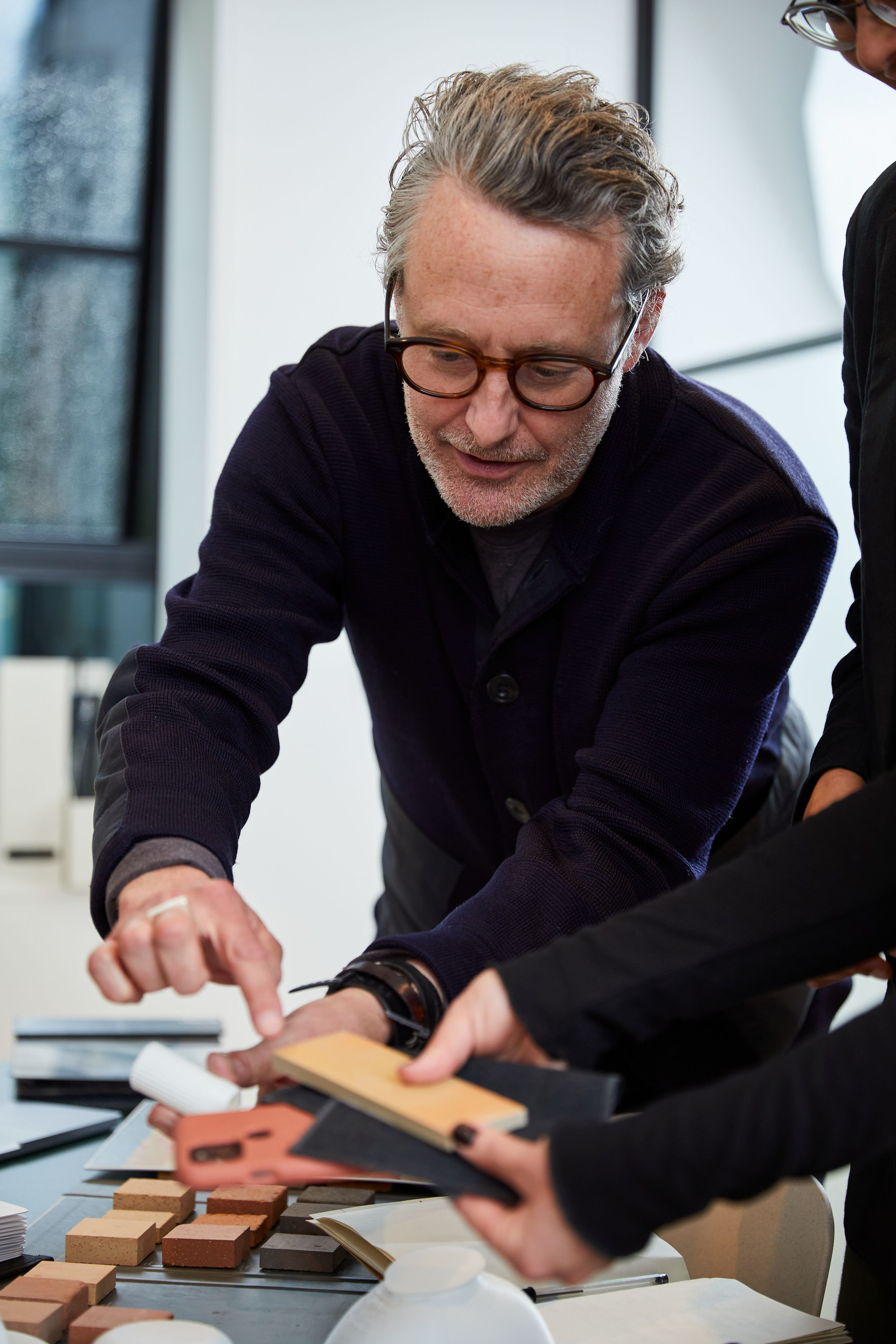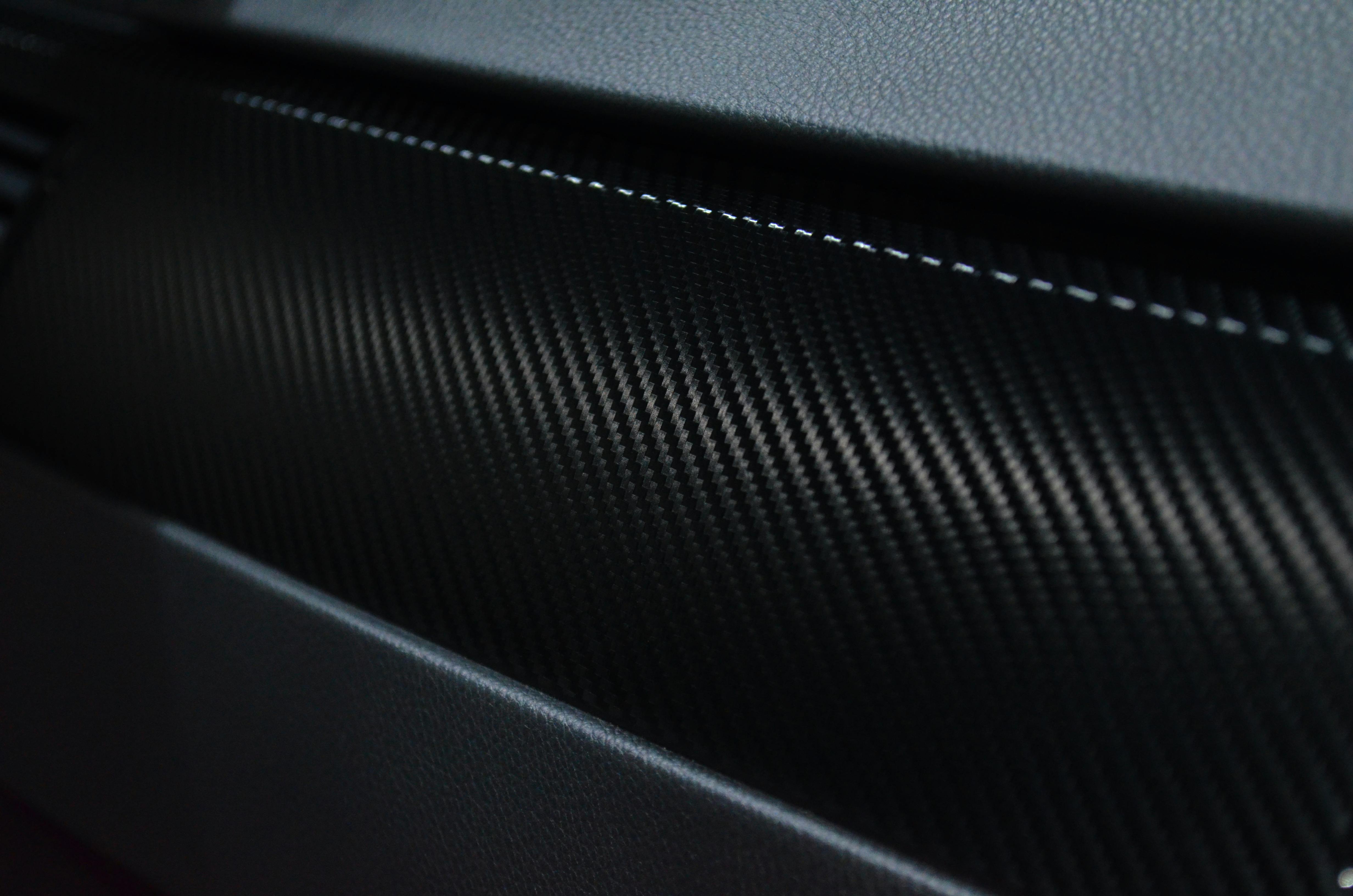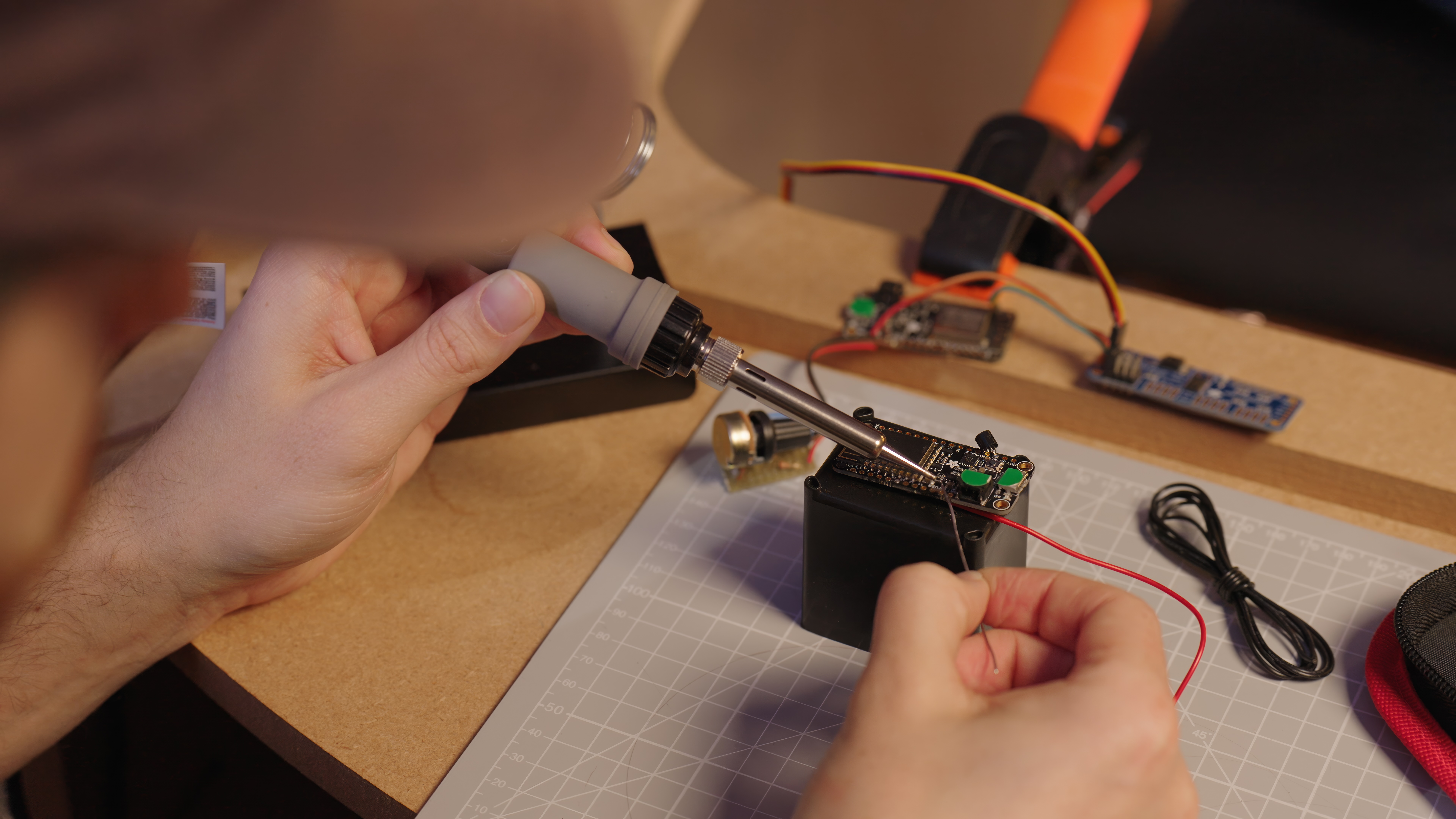
Luke Miles, formerly Head of Design at Virgin Atlantic, now leads NewTerritory, a London-based brand experience studio specialising in car interior design and customer experience. With a background in designing interiors for major airlines, Miles saw an opportunity to bring these hospitality-driven principles into the automotive world. By leveraging expertise, technology and innovation, NewTerritory is redefining car interiors to create more immersive and emotionally engaging experiences.
In this edition of In Conversation with Luke Miles, he sits down with Simon Chuck, associate creative director at NewTerritory, whose experience in car interior design includes work with NIO, Ford and Mercedes. Together, they explore how car brands can establish true identity, brand essence, differentiation and customer loyalty beyond the logo.










